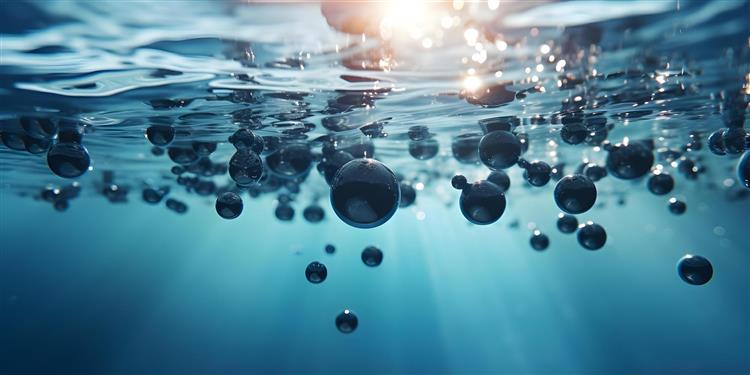
- 06 September 2024
- 1265 Views
Water contamination with dyes and pigments is a common issue in various industries, including textiles, food processing, and cosmetics. These colored substances not only affect the aesthetic quality of water but can also pose environmental and health risks. One effective method for removing colors from water is using activated carbon, a powerful adsorbent known for its high surface area and ability to attract and hold organic molecules. This article explores how activated carbon can be used to separate colors in water, detailing the process, its effectiveness, and practical applications.
How Activated Carbon Works
Activated carbon is a form of carbon processed to have numerous tiny pores, increasing its surface area significantly. This unique structure makes it highly effective in adsorbing organic compounds, including dyes and pigments, from water. The adsorption process occurs when these colored molecules adhere to the surface of activated carbon, removing them from the water.
Structure and Properties: Activated carbon is typically made from charcoal, coconut shells, or other carbon-rich materials that are treated to create a porous structure. This porosity allows activated carbon to capture a wide range of impurities, including those that cause color in water.
Adsorption Process: The adsorption process involves the attraction of colored molecules to the surface of activated carbon. The effectiveness of adsorption depends on factors such as the surface area of the activated carbon, the contact time between the carbon and the colored water, and the nature of the dye or pigment.
Steps to Separate Colors Using Activated Carbon
Separating colors in water using activated carbon involves a straightforward process that can be applied both in industrial settings and at home:
Step 1: Preparation of Activated Carbon: Activated carbon can be purchased in various forms, such as powder, granules, or pellets. For water treatment, granular or powdered forms are often preferred due to their larger surface area.
Step 2: Application Process:
- Mix the activated carbon with the colored water in a container. The amount of carbon needed depends on the concentration of dyes and the volume of water.
- Stir the mixture thoroughly to ensure maximum contact between the activated carbon and the colored molecules.
- Allow the mixture to sit for a specified period, typically ranging from a few minutes to several hours, depending on the severity of the coloration.
Step 3: Filtration and Removal: After the activated carbon has adsorbed the colored molecules, the mixture is filtered to separate the carbon particles from the now-clear water. This can be done using a standard filter paper, a fine mesh, or specialized filtration systems.
Factors Affecting Efficiency:
- Contact Time: Longer contact times generally result in better adsorption of colors.
- Carbon Dosage: Higher amounts of activated carbon can increase the removal efficiency but also adds to the cost.
- Temperature: Elevated temperatures can enhance the adsorption process, although excessive heat may reduce the effectiveness of some activated carbon types.
Effectiveness and Limitations
While activated carbon is highly effective in removing a broad range of dyes and pigments, it has its limitations:
Effectiveness: Activated carbon works best with organic dyes and pigments, such as those found in textile effluents or colored wastewater. It is also effective for removing certain natural organic compounds that cause water discoloration.
Limitations: Not all dyes are easily removed by activated carbon. For example, highly soluble synthetic dyes or those with very small molecular sizes may pass through the carbon's pores. Additionally, activated carbon's adsorption capacity is finite; once saturated, it must be replaced or regenerated.
Practical Applications
Activated carbon is widely used in various applications to remove colors and other impurities from water:
Industrial Applications: In industries such as textiles, pharmaceuticals, and food processing, activated carbon is used to decolorize wastewater before discharge to meet environmental standards.
Household Applications: Activated carbon is also used in household water filters to improve the appearance and taste of tap water by removing organic contaminants.
Water Treatment Facilities: Large-scale water treatment plants use activated carbon to purify drinking water, ensuring it meets safety and aesthetic standards.
in Conclusion: Activated carbon offers an effective and versatile method for separating colors from water through adsorption. While it has limitations in handling certain types of dyes, it remains a popular choice for both industrial and household water treatment applications. By understanding the process and optimizing conditions such as contact time and carbon dosage, activated carbon can effectively remove undesirable colors from water, enhancing its quality and safety.
